Dr George Miller - Director
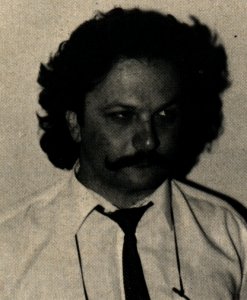
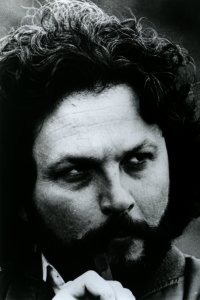
George Miller grew up in the rural Queensland town of Chinchilla, and always had a strong interest in films. Despite this interest, he first pursued a career as a doctor, along with his twin brother. They both studied at the New South Wales Medical school, and after graducation, George took up residency at St. Vincent's Hospital in Sydney.
However, he still maintained his interest in film, becoming involved with his younger brother in making a short, one minute film, which was entered into a student film competition. They won first prize, a course at a summer film school workshop in Melbourne in 1971, which is where George first met Byron Kennedy. George and Byron teamed up, and began making short features and experimental films. Probably their most well known short film is "Violence In The Cinema, Part 1" (there was never meant to be a part 2), which was shown at a variety of film festivals, and won several awards. During this time Miller was still supporting his film career by working part time as a doctor.
Over time George had developed a number of screenplays, including Mad Max, which he co-wrote with James McCausland. This became George Miller's first feature film as director. Mad Max became a huge success, taking over $100M worldwide, and winning a variety of awards, including six Australian Film Institute (AFI) awards.
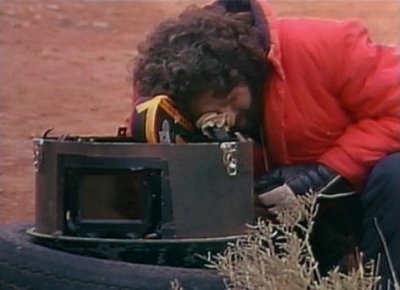
George Miller sets up a camera during filming of Mad Max 2
Following this success, George received many offers to direct other films. He chose instead to continue the learning process, enrolling in various filmmaking courses, and continuing to work on his own screenplays. It was through this learning process that Dr Miller was finally able to work out for himself why Mad Max had struck such a chord with audiences worldwide, and become so popular. The story of Mad Max had inadvertently tapped some of the classic story telling elements, seen in the same stories and myths of cultures worldwide. In Japan Max was seen as a lone Samurai, in the US as a lone gunfighter, and so on throughout cultures worldwide. In all cases people were able to relate to the story of a hero, battling against seemingly insurmountable odds, to emerge triumphant.
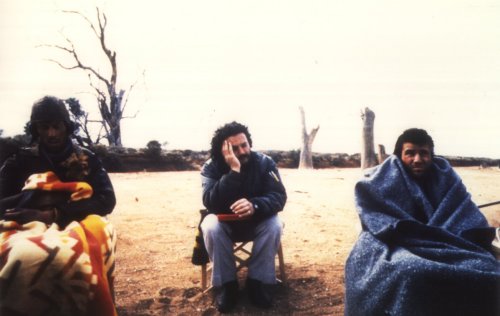
George Miller, contemplating the next scene
Ultimately, George Miller and Byron Kennedy realised that it wasn't just about being good filmmakers, but being good storytellers. Film was merely the medium being used, and what was really imporant was the story itself. Spurred on by the success of Mad Max, George Miller felt that he had created a real hero, who was worth exploring further, and they returned to Australia to continue Max's story with Mad Max 2, retitled in the US as The Road Warrior. Apart from the continuation of the character Max however, Miller's aim was to venture into territory completely different to the original film, and not just simply pick up where they had left off.
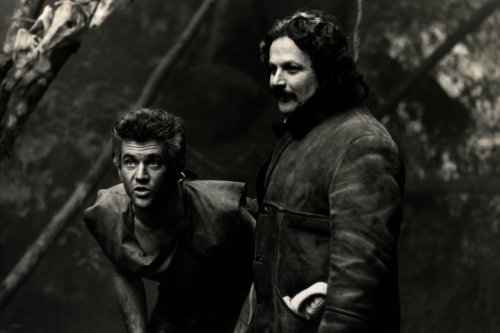
As with the first film, Mad Max 2 was received with great enthusiasm worldwide. This time the overseas offers were even better, including an invitation from Steven Speilberg to direct the "Nightmare at 20,000 feet" episode of "Twilight Zone: The Movie". Knowing that working in a Hollywood production such as this would offer some invaluable experience, George Miller accepted. In addition to this project, he continued to work with Byron Kennedy on the Australian TV mini series "The Dismissal", through their production company, Kennedy Miller Entertainment. At the same time, in the background, they began to explore possible ideas for a new Mad Max film.
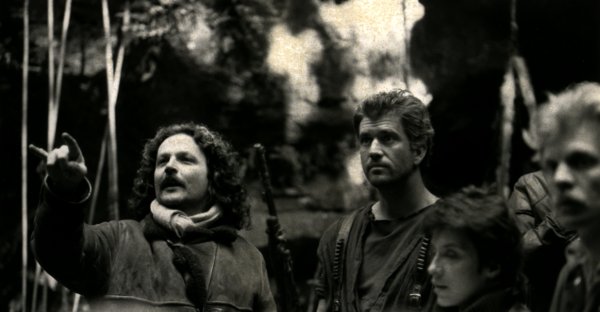
Tragically, in July 1983, Byron Kennedy was killed when the helicopter he was piloting crashed. George Miller's first reaction was to back away, thinking that without Byron's input the story of Max would continue no further. However, almost the opposite happened, with Miller working more intensely than ever, producing two more TV mini series of 10 hours each, and leading towards the production of Mad Max Beyond Thunderdome.
Once again the aim was to take the story of Max in a completely new direction. George Miller had already been exploring story ideas with Terry Hayes, and teamed up with him to create the script. Terry had been originally contracted by Kennedy Miller to write the novelisation for the first Mad Max, and had subsequently co-written the story for Mad Max 2. With the script completed, George pieced together his crew with a variety of talents drawn from his previous production experiences, and set to work. As with the previous two films, Mad Max Beyond Thunderdome succeeded in creating something completely new, and taking the story in a new direction.
Following Thunderdome, George Miller has continued his work in the film industry, primarily in the roles of Director and Producer, on projects as diverse as "The Witches Of Eastwick", "Lorenzo's Oil", and the critically acclaimed "Babe". For more details on his other works, I suggest browsing George Miller's entry in the Internet Movie Database. As for Max, it remains to be seen if George Miller will continue his story...